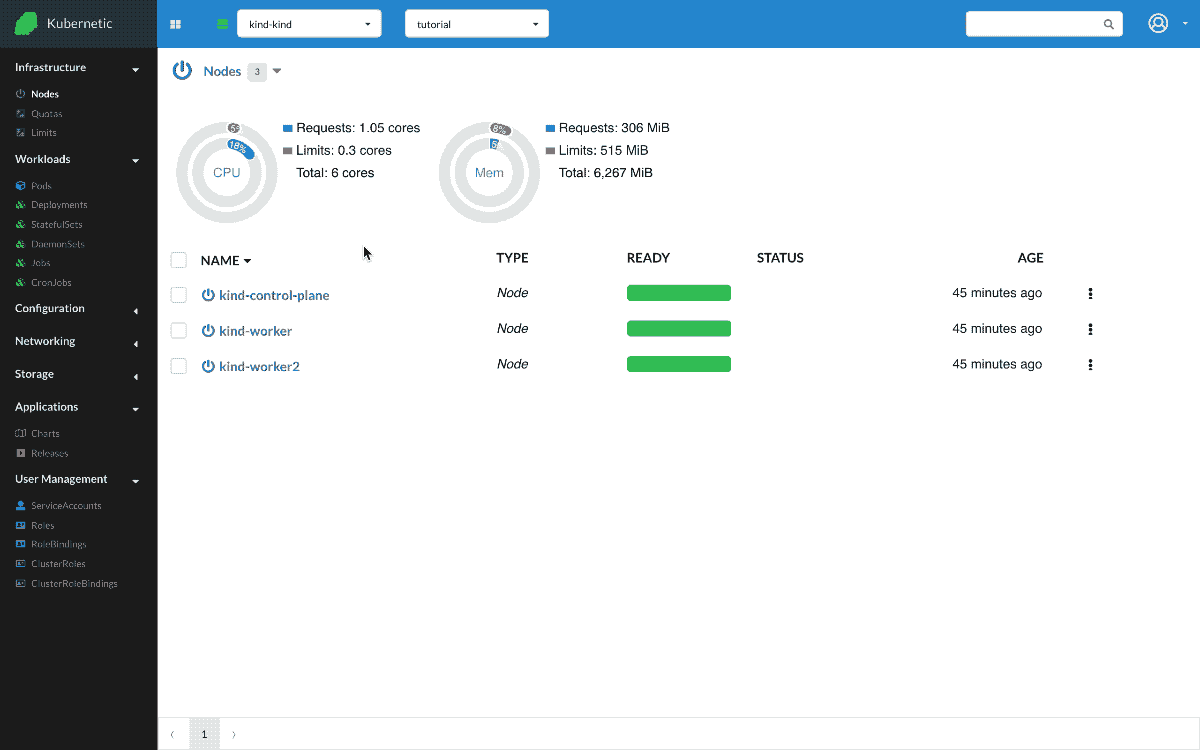Daemonsets
TIP
During this tutorial you'll learn how to manage Daemonsets on Kubernetes.
- Level: beginner
- Requirements: none
- Previous Tutorials: pods
- Can run on Cluster: any or multi-node
- Can run on Namespace: any
- Images used:
quay.io/fluentd_elasticsearch/fluentd:v2.5.2
DaemonSets ensures that all (or some) Nodes run a copy of a Pod. Typical use-case for is log collection or monitoring of the nodes of the cluster.
You can run this example on any cluster, but for better visualization of the DaemonSets features you can setup a multi-node cluster.
Fluentd
- Create:
DaemonSet- Name:
fluentd - Image:
quay.io/fluentd_elasticsearch/fluentd:v2.5.2
- Name:
Let's run a fluentd instance on each node of our cluster. We run a multi-node cluster with 1 master and 2 workers. The daemonset by default is not running on the master unless you add a toleration, so it will run on the two workers.

Cleanup
Remember to delete the following resources after you finish this tutorial:
- on active namespace:
daemonsets/fluentd